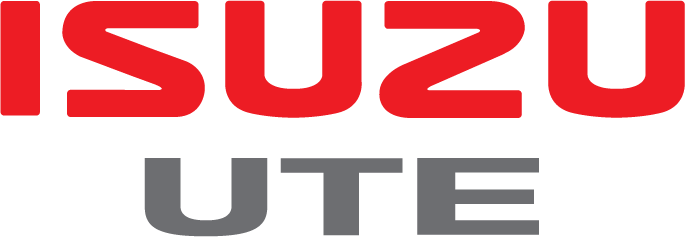The AfMA Personal Development Online Learning Library is a series of interactive webinars that focusses on the development of Emotional Intelligence and its role in personal and professional success.
This learning library valued at over $60,000 is available free of charge to AfMA members to use under licence on their LMS.
This is an amazing opportunity to gain access to a high value learning and development resource free of charge for your organisation. Session topics are detailed below and are relevant to everyone within your organisation. They are approximately 60 minutes each and include knowledge checks.
To learn more about how to take advantage of this valuable member resource , send an email to [email protected].

